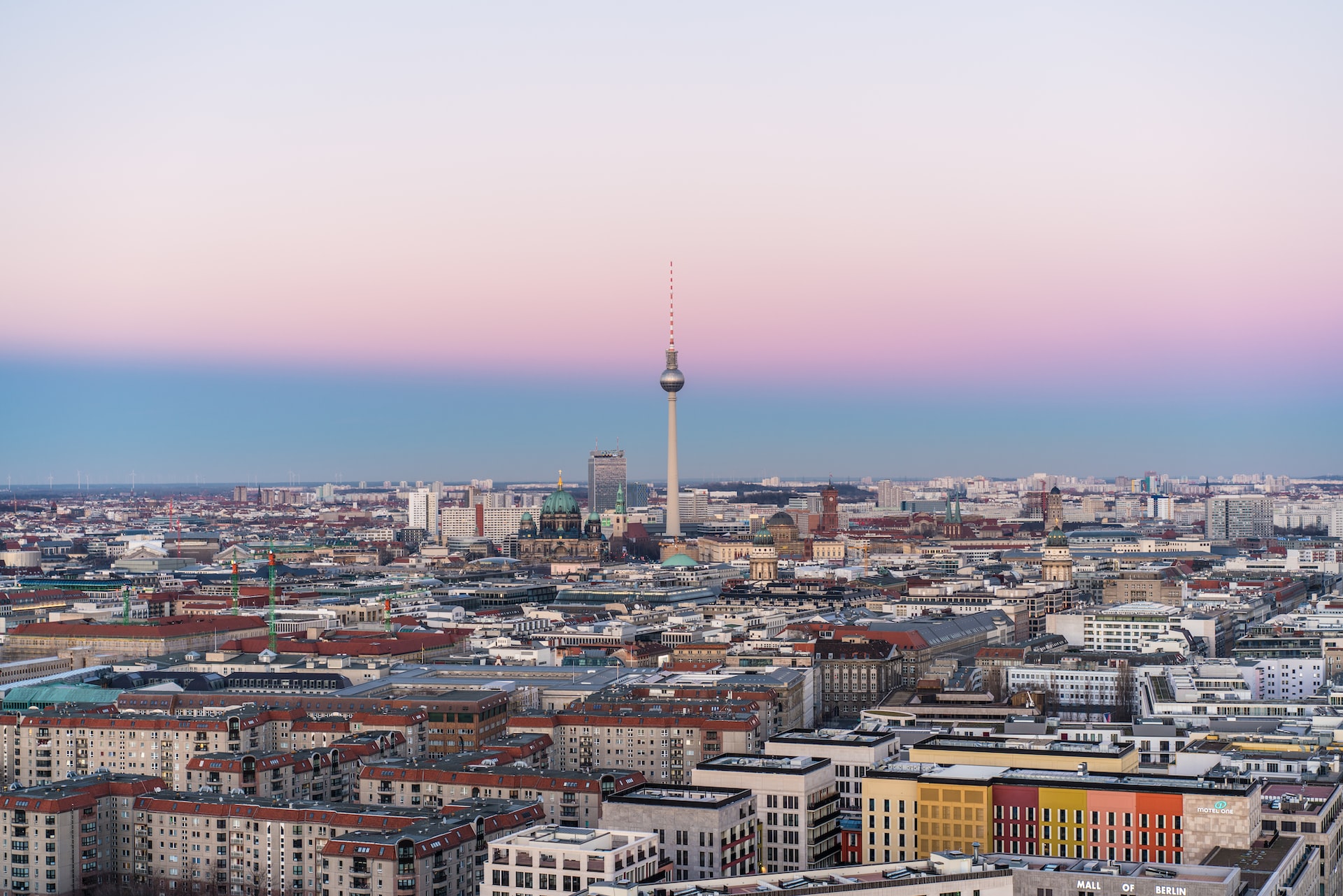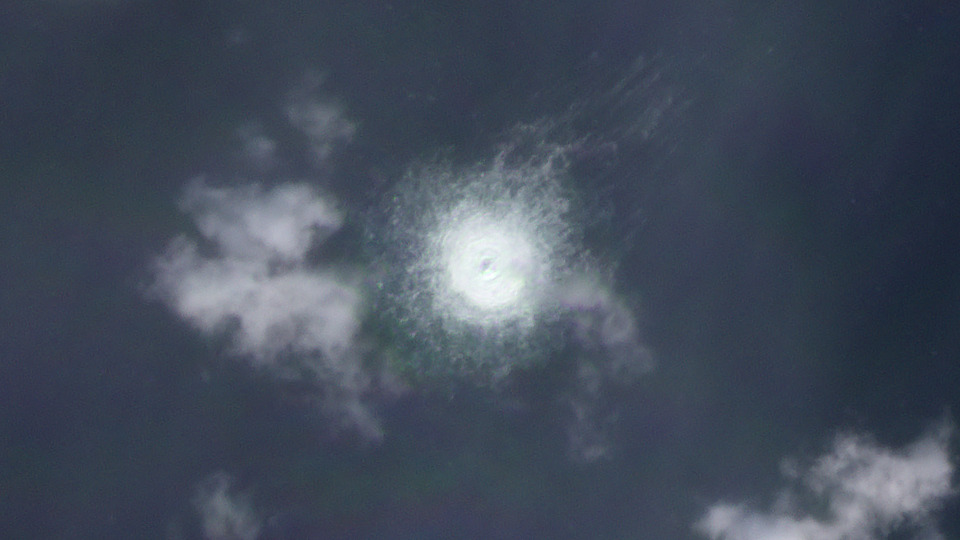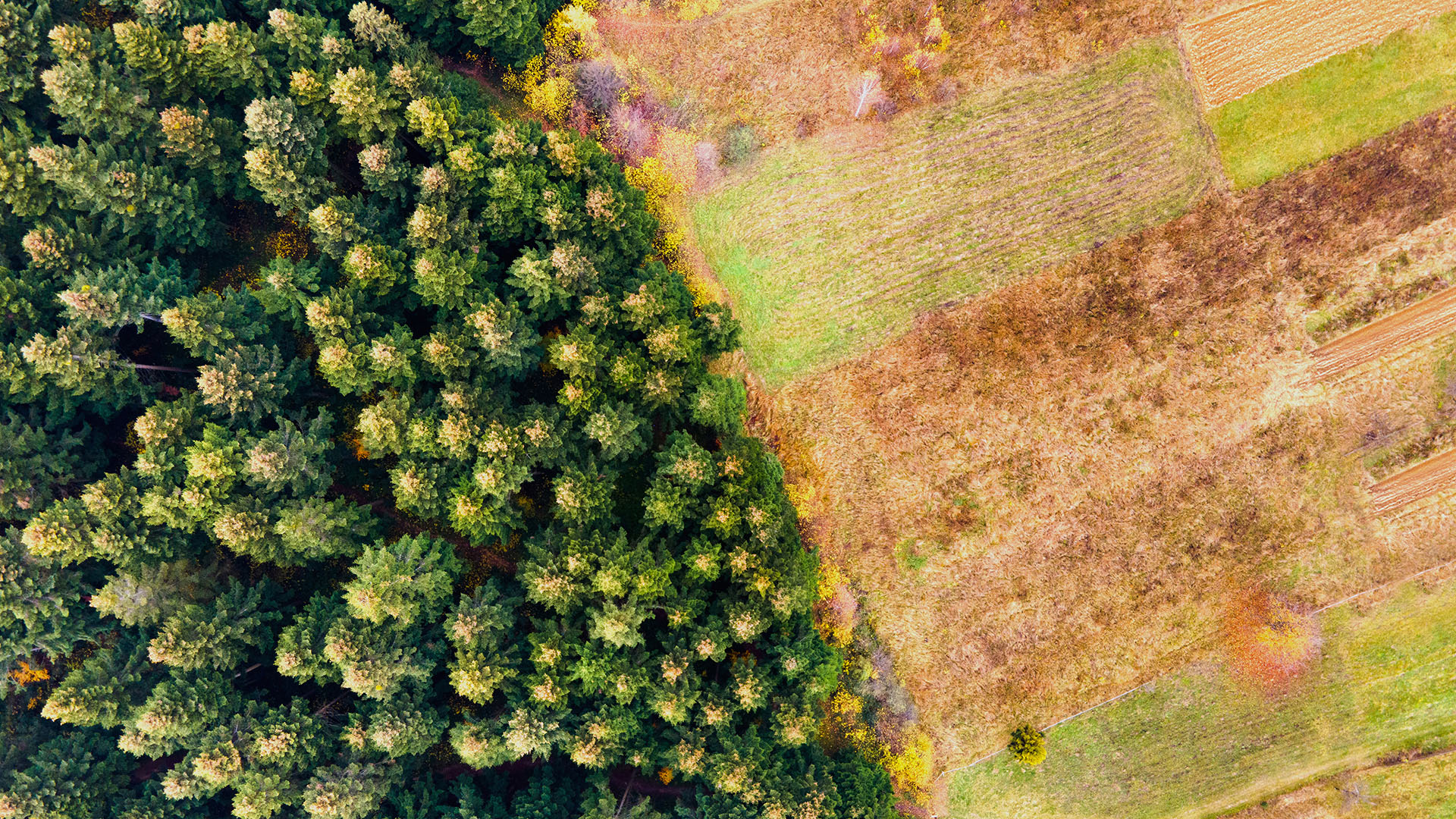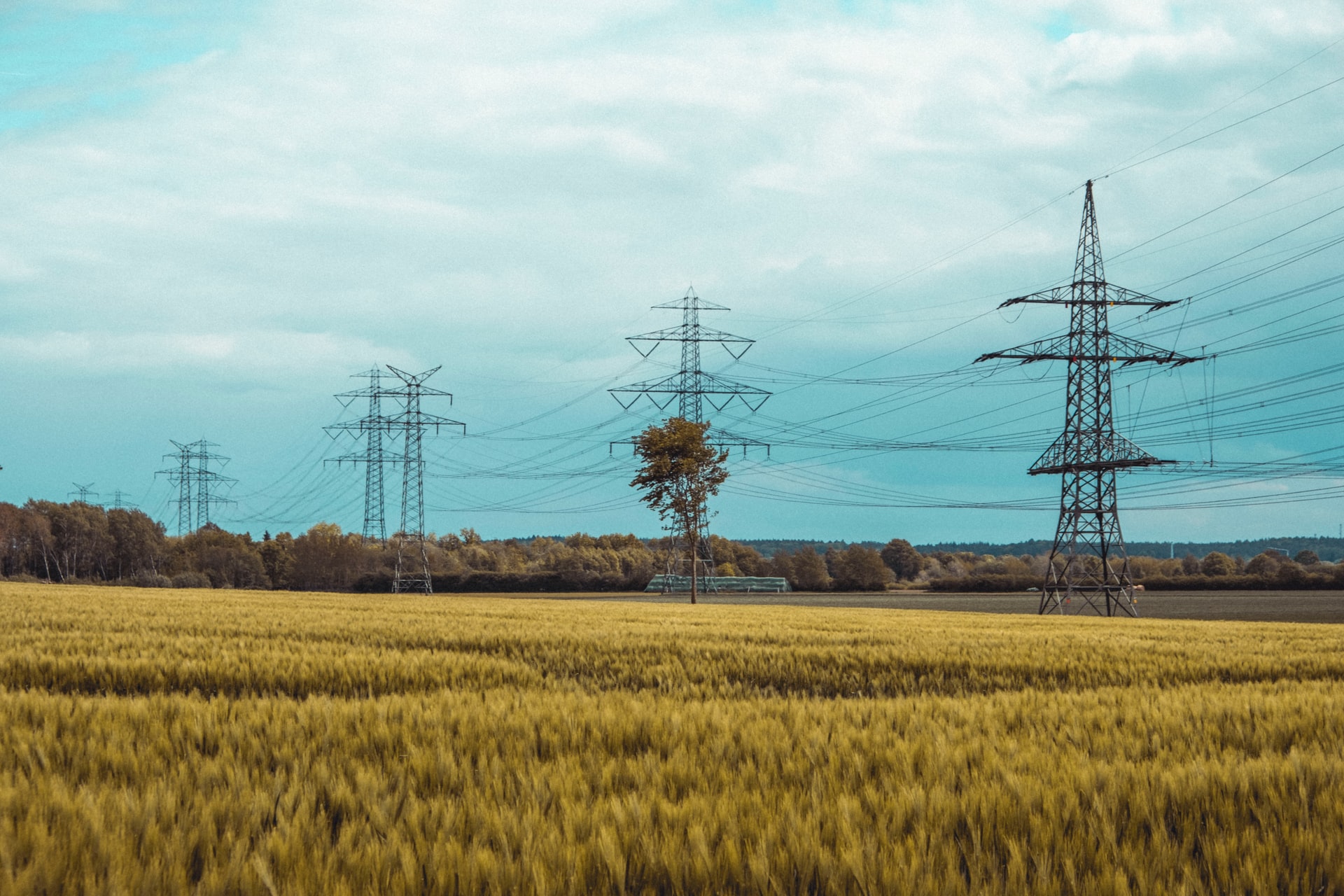
LiveEO and UP42 sign contract worth millions
Published on Fri, 30.09.2022 – 11:11 CEST in Downstream, covering LiveEOLiveEO and UP42 to continue working together
UP42 will provide satellite imagery of several leading EO companies
LiveEO should be able to help critical infrastructure operators on a large scale
Operators of critical infrastructures are more dependent than ever on monitoring their facilities with high-tech. For example, with high-resolution satellite images and software-based image recognition. A combination made possible by the cooperation of LiveEO and UP42. At the World Satellite Business Week in Paris (September 12-16), the two Berlin-based companies now signed a multi-year contract. An exact sum was not mentioned, but the volume is said to be in the 7-digit range.
LiveEO and UP42 - both Berlin-based NewSpace companies - have been working together for several years. With the contract now signed, they say they are reaching another milestone. It was announced that UP42 will provide satellite images from several leading Earth observation companies. This, it said, is intended to support LiveEO in being able to help critical infrastructure operators solve problems on a large scale.

Monitoring critical infrastructures (CRITIS) - with technology in orbit
At the latest since the COVID 19 pandemic, the term Critical Infrastructure should be familiar to broad sections of the general public. And since the outbreak of the war against Ukraine in February 2022, we have heard about it again and again. But what does this term actually mean? According to the German Federal Office of Civil Protection and Disaster Assistance (BBK), critical infrastructures include everyday items that are essential to life. These were divided into 9 sectors and an additional 29 industries at the federal level. They were defined as follows:
Critical infrastructures (CRITIS) are organizations or facilities with important significance for the state community, the failure or impairment of which would result in lasting supply bottlenecks, significant disruptions to public safety or other dramatic consequences.
CRITIS definition by the federal departments
The following sectors and industries were defined in detail:
- Energy
- Food
- Finance and insurance
- Health
- Information technology and telecommunications
- Media and culture
- Municipal waste management
- Government and administration
- Transportation and traffic
- Water
Within these sectors and industries, in turn, infrastructure operators (companies or public authorities) provide so-called critical services that are necessary to supply the general public. Their task is to ensure reliable and secure operations. If a critical service were to fail, this would lead to supply bottlenecks, threats to public safety or similar consequences. The leaks in the Nord Stream 1 and Nord Stream 2 gas pipelines in the Baltic Sea show that the special need for protection is therefore by no means a purely theoretical construct.

© Planet Labs PBC
Although Russia has not supplied gas through the pipelines for some time, the damage is immense. Whether and when a repair is possible remains to be seen. But the leaked methane also has unforeseeable consequences for the environment. We can only speculate about the amount, but the extent can be guessed from pictures. Already on September 26, Planet satellites recorded an image of the leak about 20 km southeast of the island of Bornholm in Denmark. This shows that Earth observation satellites play a central role in monitoring critical infrastructure - and are part of it themselves.






